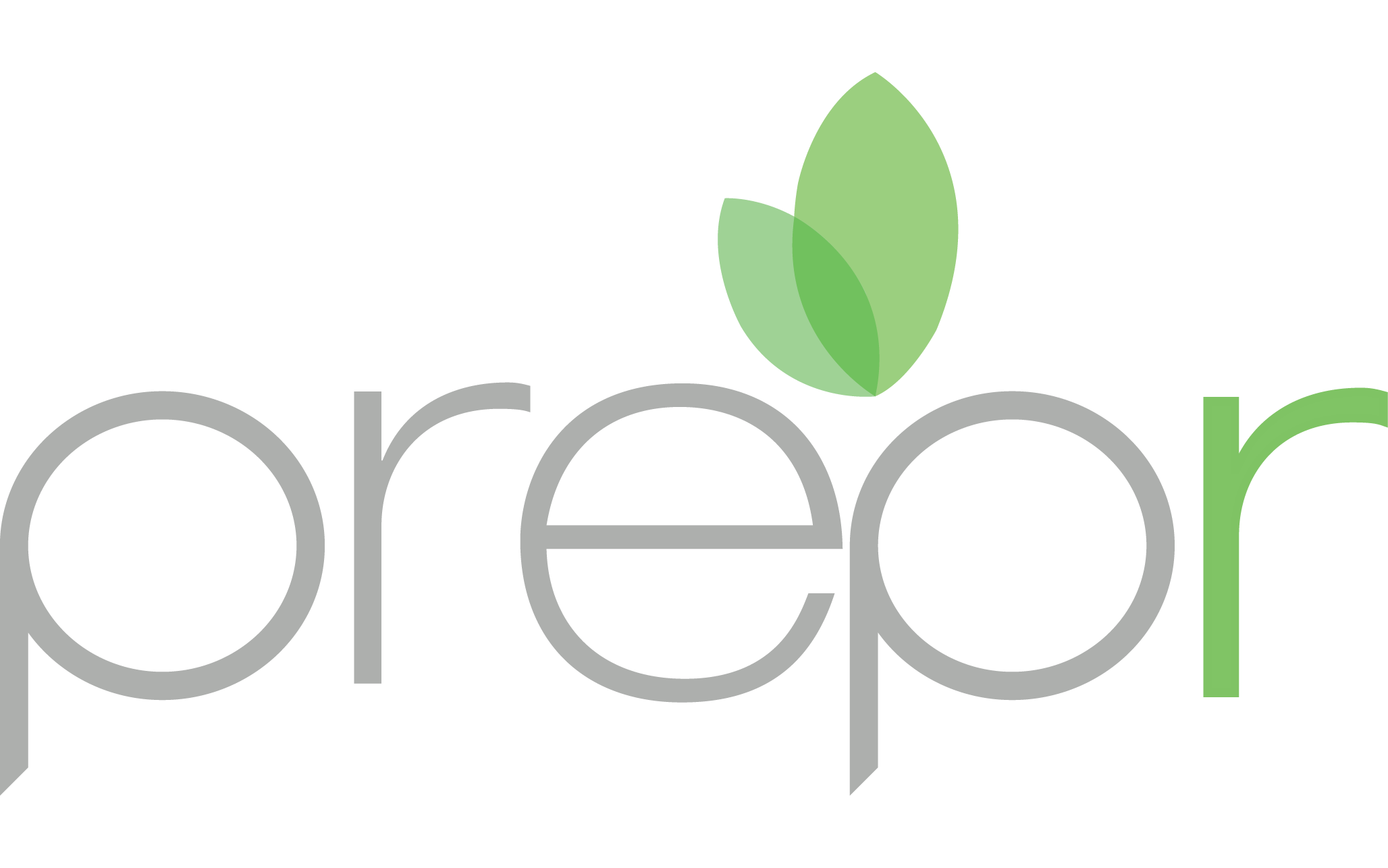
15 Jun Promoting a Culture of Inclusion
How can you, as an organization, work to be anti-discriminatory and how can you increase your diversity? The key is inclusion. It is of the utmost importance that all team members, at all levels, have a welcoming and safe work environment. Creating awareness surrounding diversity and inclusion is a good start, but it isn’t enough. Building an environment and culture that celebrates differences, is flexible to different needs, and listens to concerns is at the forefront of creating a more diverse organization.
Additionally, an inclusive leadership approach can help to build a more diverse team; leadership should reflect the diversity and needs of their team members. A leader should be committed to diversity and inclusion, be cognizant of their own biases, be curious about others and able to listen without judgement, and they should be inherently collaborative. By retaining open and honest communication leaders can hear concerns and adjust their strategies accordingly.
Areas of middle management should not be discounted either. It is not uncommon for senior leaders to receive training and learning opportunities, but it is important that all levels of leadership receive more than just instructions. The leaders that your team members interact with on a regular basis should understand and embody the inclusive culture you’re trying to create.
As an organization, review and update your diversity and inclusion policies and practices to ensure they still serve your team members and your business. Also be sure to provide ample financial and human resources for diversity and inclusion initiatives. Deloitte has a very helpful checklist for improving D&I:
- A formal, robust, measurable, and goal oriented D&I strategy.
- Senior leaders publicly support D&I initiatives; they are invested and committed to the process.
- Leaders receive training on D&I and share this learning with other members of their organization.
- Understand the composition of your workforce.
- Actively identify and advance diverse employees.
- Mentors for diverse talent are identifiable; there are role models that represent employees at all levels of the organization.
- Recruiters are required to present a diverse slate of candidates.
- Have a talent retention strategy that specifically addresses the retention of diverse talent.
- Measure, track, and communicate D&I results.
- Use diversity and inclusion to promote the brand and its reputation.
This checklist is an excellent starting point for businesses and organizations looking to boost their diversity and inclusion.
It is important for organizations to promote diversity and create welcoming, inclusive workplaces for all of their team members. A recent Deloitte study found employees were 80% more likely to agree that their organization provided ‘great customer service, shares diverse ideas to develop innovative solutions, and works collaboratively to achieve their goals’ when they felt their organization was committed to diversity and inclusion. This demonstrates the power of inclusion for all team members and consumers. By remaining flexible and open to communication and by adjusting leadership styles, companies can build an environment that better suits the diverse talent they need.
